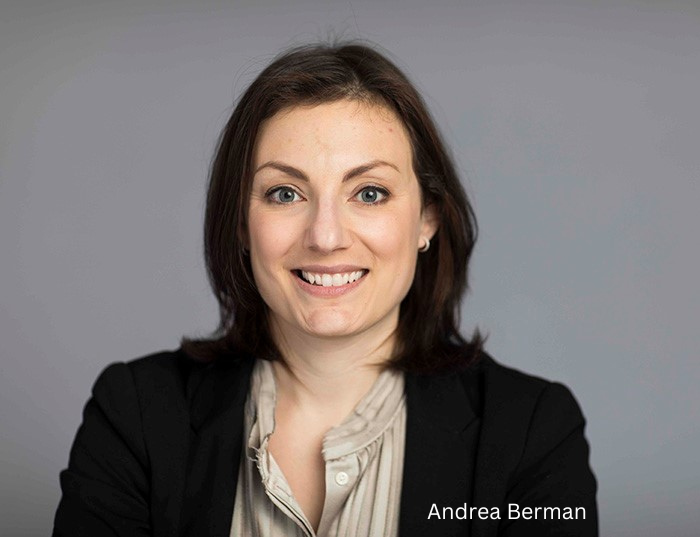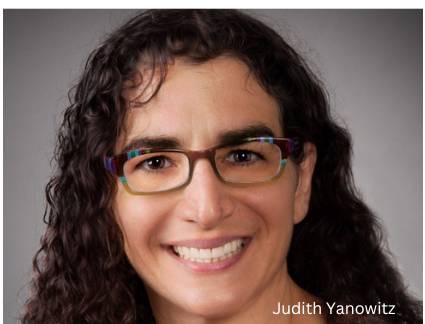Two teams of faculty were each awarded $300,000 grants from the Charles E. Kaufman Foundation’s New Initiatives program. The New Initiative Grants “encourage investigators with strong research records to establish interdisciplinary collaborations requiring expertise beyond that of any single researcher and take a novel approach to the topic in question,” according to the Pittsburgh Foundation’s news release. Since 2013, 24 Pitt researchers have been part of collaborations that won New Initiatives grants.
Making a Quantum Leap Forward
Michael Hatridge, associate professor of physics in the Kenneth P. Dietrich School of Arts and Sciences, and project lead Alex Jones, professor of electrical and computer engineering in the Swanson School of Engineering won for a project to design more efficient and accurate methods in quantum computing. Capable of faster and more complex computing than a traditional computer, quantum computing is poised to quickly take machine learning and artificial intelligence to the next level.


New work at the University of Pittsburgh blends physics with computer engineering to accelerate quantum computing capabilities while taking inspiration from something more familiar: a tree.
The work recently received a $300,000 New Initiative Grant from the Charles E. Kaufman Foundation.
“One of the challenges of quantum computers is that the interactions tend to be noisy—there isn’t 100 percent fidelity,” said Jones, professor of electrical and computer engineering at Pitt, who is leading this project. “The state changes create noise over time, so from input to output, it’s a race against decoherence, the loss of information. We’re working to create better gates so that the time for each operation is shorter, resulting in better error correction and higher fidelity.”
Qubits are the basic unit of information in quantum computing. Where binary code in computer science uses bits, either 1s or 0s, qubits function together in a system, like atoms, and can be entangled with other qubits. That means anything done to one qubit happens to the entangled ones, as well.
These properties make them much more powerful than bits—and much more complicated to work with. To push quantum computing toward its full potential, Jones is partnering with Michael Hatridge, associate professor of physics at Pitt. They realized that in order to optimize the way these qubits talk to one another, the classic lattice structures used in IBM and Google’s quantum computers were limiting. Instead, they are arranging the qubits in the shape of a tree, a methodology from classical parallel computer networks.
Jones and Hatridge are using a device called a SNAIL that allows them to create interactions between qubits as if they form elements, like “leaves,” on a tree, building a rich interaction space. In order for leaves on different “branches” to communicate, they must connect through the “trunk” of the tree, reaching out to their destination. With this SNAIL device, five or six qubits can interact with each other at the same time, opening the door for researchers to scale up this tree or other flexible approaches.
For instance, the team has proposed a “Corral” topology unique to both physics and computer science in a paper that will appear at the February 2023 High-performance Computer Architecture (HPCA) Conference in Montreal.
“We realized the tree structure and these novel structures like the Corral made it easier to move data around and opened richer computational space,” said Jones. “With this award from the Kaufman Foundation, we are looking at the interaction between qubits within individual modules. What can we learn about these nodes, and how do we pick the best computational interactions among them to advance the power of quantum computing so that each qubit can accomplish more than before?”
Noting that this is only the first of several in-depth collaborations in this area, Jones added, “We’ve only just scratched the surface.”
This article excerpt is courtesy of the Swanson School of Engineering. To learn more about Quantum Computing at Pitt, see Making a Quantum Leap Forward.
Worm Cells Guide Study into Evolution of mRNA Mechanism
 Humans and worms share an important genetic trait – a certain chemical modification in some of their mRNA that plays a role in the creation and control of proteins at the molecular level. Worms – specifically Caenorhabditis elegans, better known as C. elegans – model the human processes on a smaller scale; roughly 70 percent of the worm’s RNA displays the modification, while it is present in only a tiny fraction of human RNA.
Humans and worms share an important genetic trait – a certain chemical modification in some of their mRNA that plays a role in the creation and control of proteins at the molecular level. Worms – specifically Caenorhabditis elegans, better known as C. elegans – model the human processes on a smaller scale; roughly 70 percent of the worm’s RNA displays the modification, while it is present in only a tiny fraction of human RNA.Andrea Berman and Judith Yanowitz are exploring the relationship between human and C. elegans RNA. Berman, associate professor of biological sciences in the Kenneth P. Dietrich School of Arts and Sciences, and Yanowitz, professor of OBGYN and Reproductive Sciences in the School of Medicine, recently won a $300,000 grant from the Charles E. Kaufman Foundation’s New Initiatives program to conduct a study into the evolution and function of that modified RNA that could potentially identify new treatment directions for parasitic infections and a range of diseases afflicting humans and animals.
"We want to understand what factors interact with that specific modification in worms and in humans that help create the protein or make the RNA degrade,” explains Berman.
“It's very well understood how this modification is added but no one has looked at
what happens to the mRNA in that decision process of  whether they make a protein or not. We just know that it's very different than for all other mRNA. Our hypothesis is that there should be specialized proteins that would help the cell decide whether or not to use the modified RNA differently, and we want to identify them.”
whether they make a protein or not. We just know that it's very different than for all other mRNA. Our hypothesis is that there should be specialized proteins that would help the cell decide whether or not to use the modified RNA differently, and we want to identify them.”
The team will retrieve proteins from worm and human cells that recognize the specific RNA modification (the biology of C. elegans is well documented and the human tissue is from established human cell lines). The team then uses mass spectrometry – analyzing protein ions in an electrical field – to identify what proteins interact with the chemical group in worms and in humans.
The Kaufmann New Initiatives program promotes collaboration across fields. This project represents a collaboration between a structural biologist and a geneticist, and Berman and Yanowitz have been hoping to collaborate for a long time.
“Andrea and I have known each since her first year here at Pitt or so,” laughs Yanowitz. “We've talked about collaborating on things for years, but this just seemed like the perfect merger. I currently have another project in my lab looking at a related modification on a subset of RNA, and it seemed like a perfect way to take a growing project in my lab and collaborate with one of the smartest scientists I know.”
Berman agrees. “This collaboration will be really productive because we both we have specific training that's very different from each other. I'm a structural biologist and a biochemist, so the feedback I get on grants and papers is that the work is too far removed from the cell itself. Judy is a geneticist with experience in biochemistry. The feedback geneticists get is how do you know what’s actually happening when there are so many things going on in the cell. The project is a really nice merger of our two skill sets.”
“Hopefully we will fill this huge void in understanding how these cells from more ancient organisms select which RNAs to use to make proteins in the cell. It is a fundamental mechanism that can apply to other species. We want to figure out those “decision making” factors that indicate ‘use this RNA or don’t use this RNA’,” says Berman.
